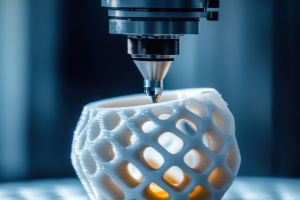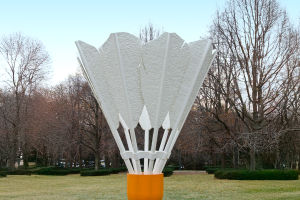Have you ever held a handmade pot and wondered what makes it so captivating? It's not just the shape or color—it's the subtle details, the marks of the maker's hand, the texture, and the way light plays across its surface.
In handcrafted pottery, these nuances are where the magic happens.
Today, let's explore how wheel throwing and carving techniques bring a pot to life, enhancing its form and texture, and how glaze variations add character through natural imperfections.
Wheel Throwing: The Foundation of Form and Detail
The moment the clay meets the spinning wheel, an artist gains control over the pot's form. Wheel throwing is not just about creating a round shape; it's about shaping subtle curves and edges that define the pot's personality. The pressure and speed of your hands influence the thickness, symmetry, and surface texture.
Why does this matter for detail? Because every slight shift in pressure can create ridges or smooth planes, which catch the light differently. These textural nuances become the pot's language, communicating delicacy or strength. For example, a gently tapered rim can convey elegance, while a sturdy base anchors the piece visually.
Beginners often focus only on achieving symmetry, but mastering how your fingers subtly shape the clay leads to a pot with character and complexity. The "just right" moisture level of the clay during throwing is also crucial—it must be soft enough to mold but firm enough to hold detail without collapsing.
Carving: Adding Depth and Texture
Once the basic shape is formed and leather-hard (partially dried), carving breathes another layer of life into pottery. This step transforms a simple vessel into a tactile experience. Carving tools range from fine needles to broad gouges, each producing distinct marks.
How does carving enhance texture? The carved lines can create shadows and highlights that shift with viewing angle, making the piece dynamic rather than static. Consider floral or geometric patterns carved into the sides—they create rhythm and movement, guiding the viewer's eye.
But carving isn't just decoration—it can emphasize the pot's structure. For example, carving around the rim or base can define transitions between surfaces, enhancing the pot's silhouette. A well-executed carving balances negative space and pattern to avoid overwhelming the form.
The Art of Glaze: Personality in Imperfection
No handcrafted pottery is complete without glaze, and here is where unpredictability adds charm. Glazes react uniquely based on kiln temperature, clay body, and even subtle variations in application thickness. This results in colors and textures that can't be exactly replicated.
How do glaze variations highlight handcrafted qualities? Sometimes you'll see drips, pooling, or crackles that reveal the potter's touch and the firing process's organic nature. These "imperfections" invite closer inspection, reminding us that the object is handmade, not mass-produced. A glossy glaze can amplify carved textures by reflecting light, while matte finishes can soften edges, creating intimacy.
Many artists intentionally leave areas unglazed or partially glazed, letting the raw clay surface show through. This contrast between smooth glaze and rough clay further deepens the sensory experience, connecting the viewer to the material's origin.
Why Details Matter in Pottery
In our fast-paced, mass-produced world, handcrafted pottery stands out because of its detail—each ridge, carved line, and glaze variation tells a story of time, skill, and human touch. Focusing on these elements elevates a pot beyond function to art.
If you've ever struggled to make your pottery feel alive, try zooming in on these details. Experiment with how your fingers shape the clay on the wheel, explore carving patterns that speak to your vision, and embrace glaze quirks as part of the piece's soul. The beauty of handmade pottery lies in this blend of control and happy accidents.
Next time you hold a handmade pot, pause to feel its texture and observe its form closely—you'll discover the quiet power of detail, crafted patiently, line by line, mark by mark. What details in pottery have caught your eye recently? Have you tried any carving or glazing techniques that surprised you?


